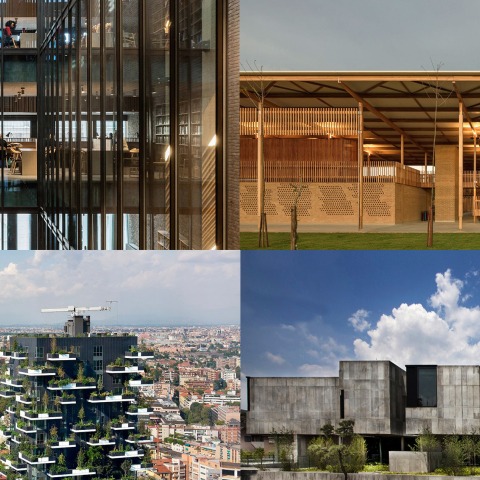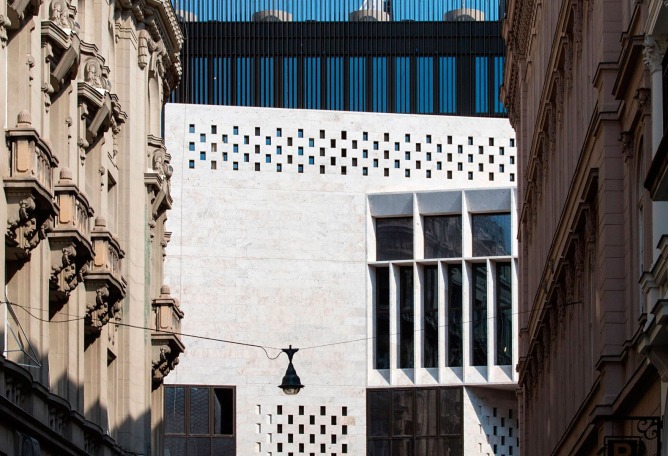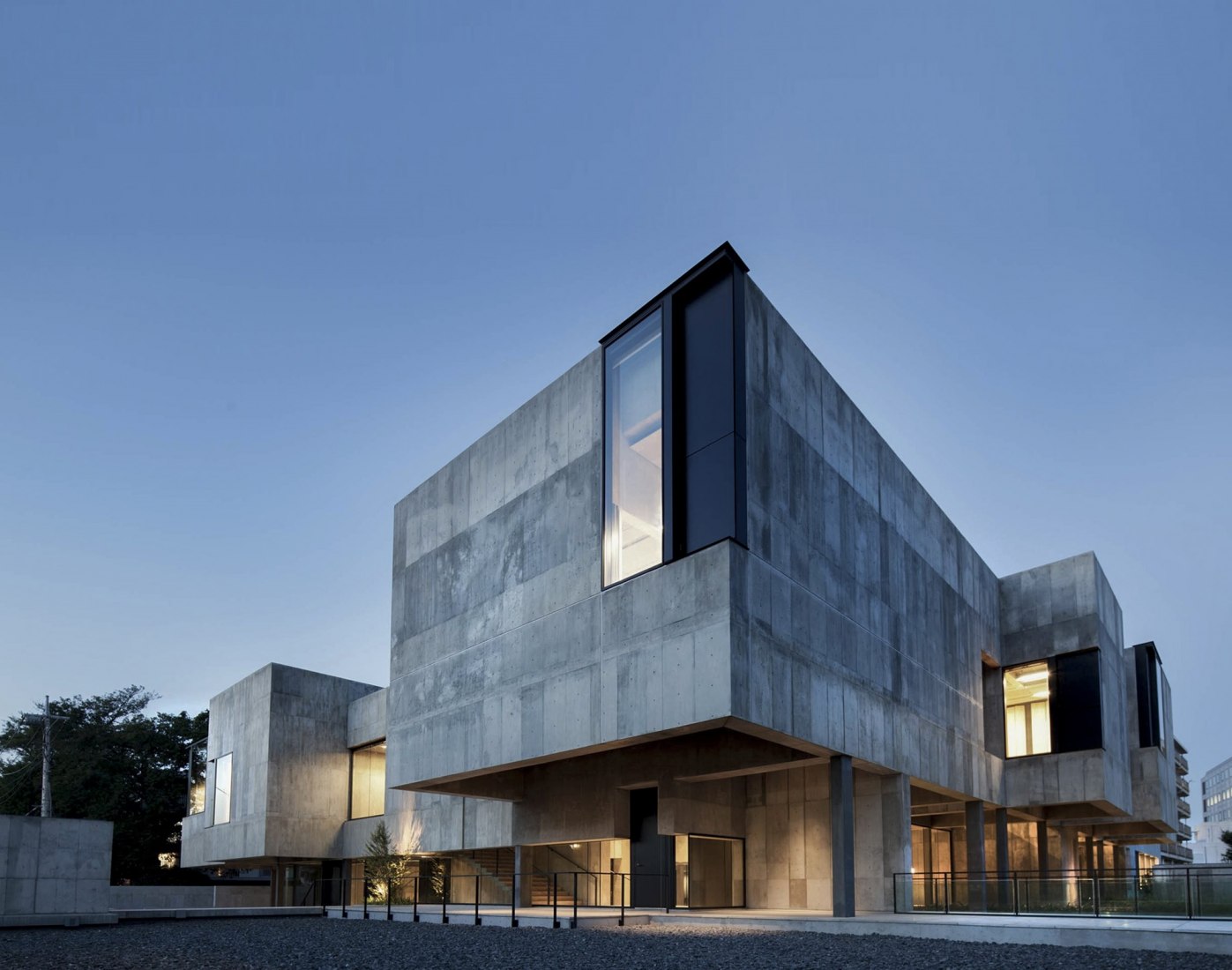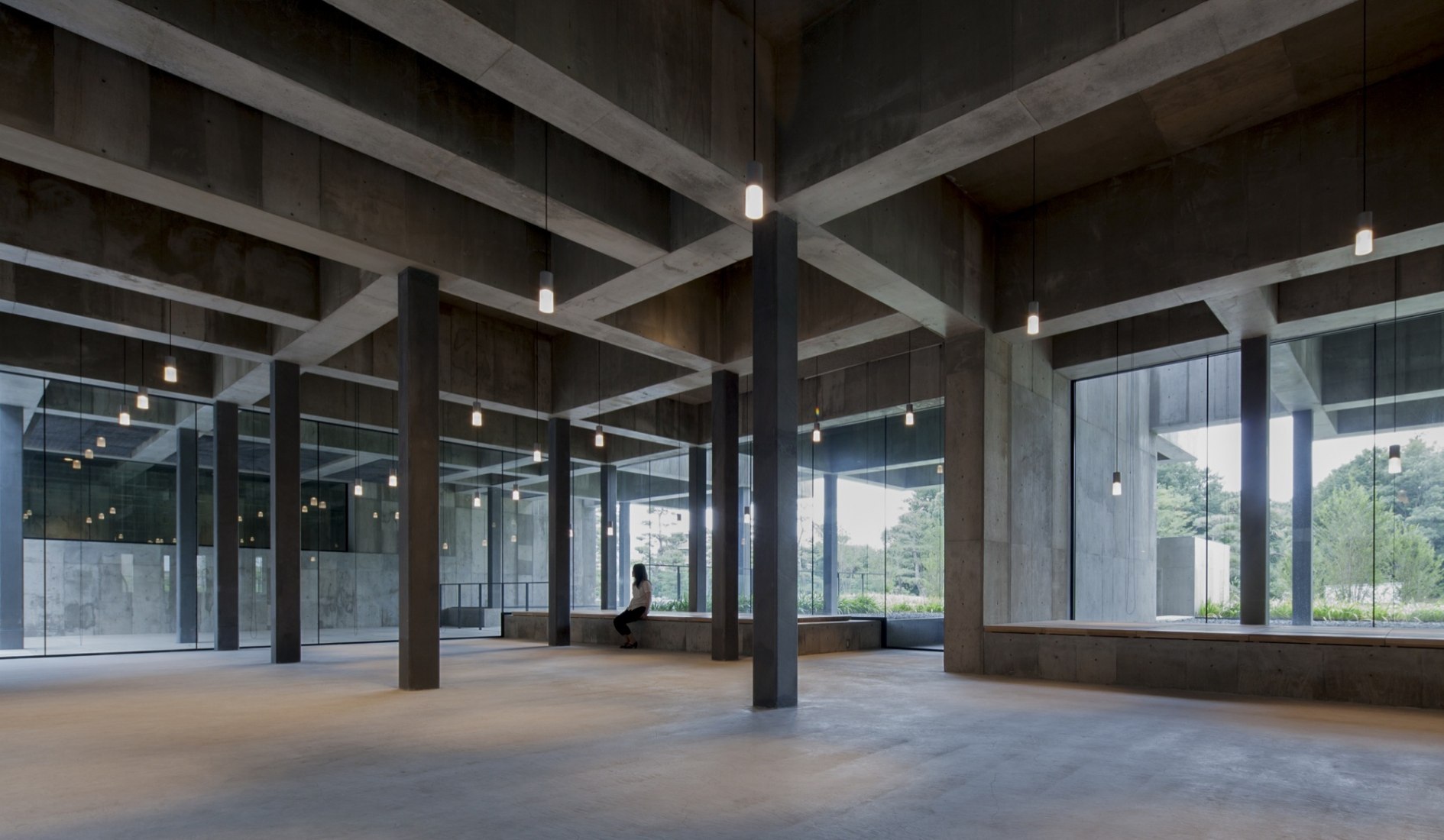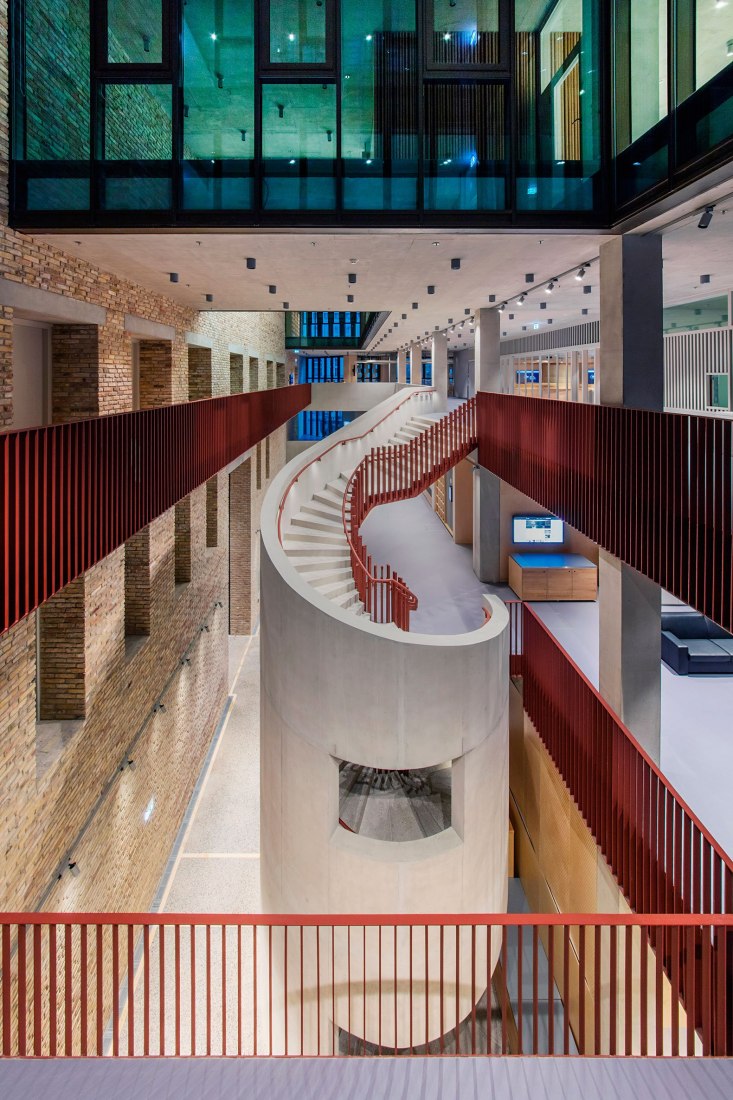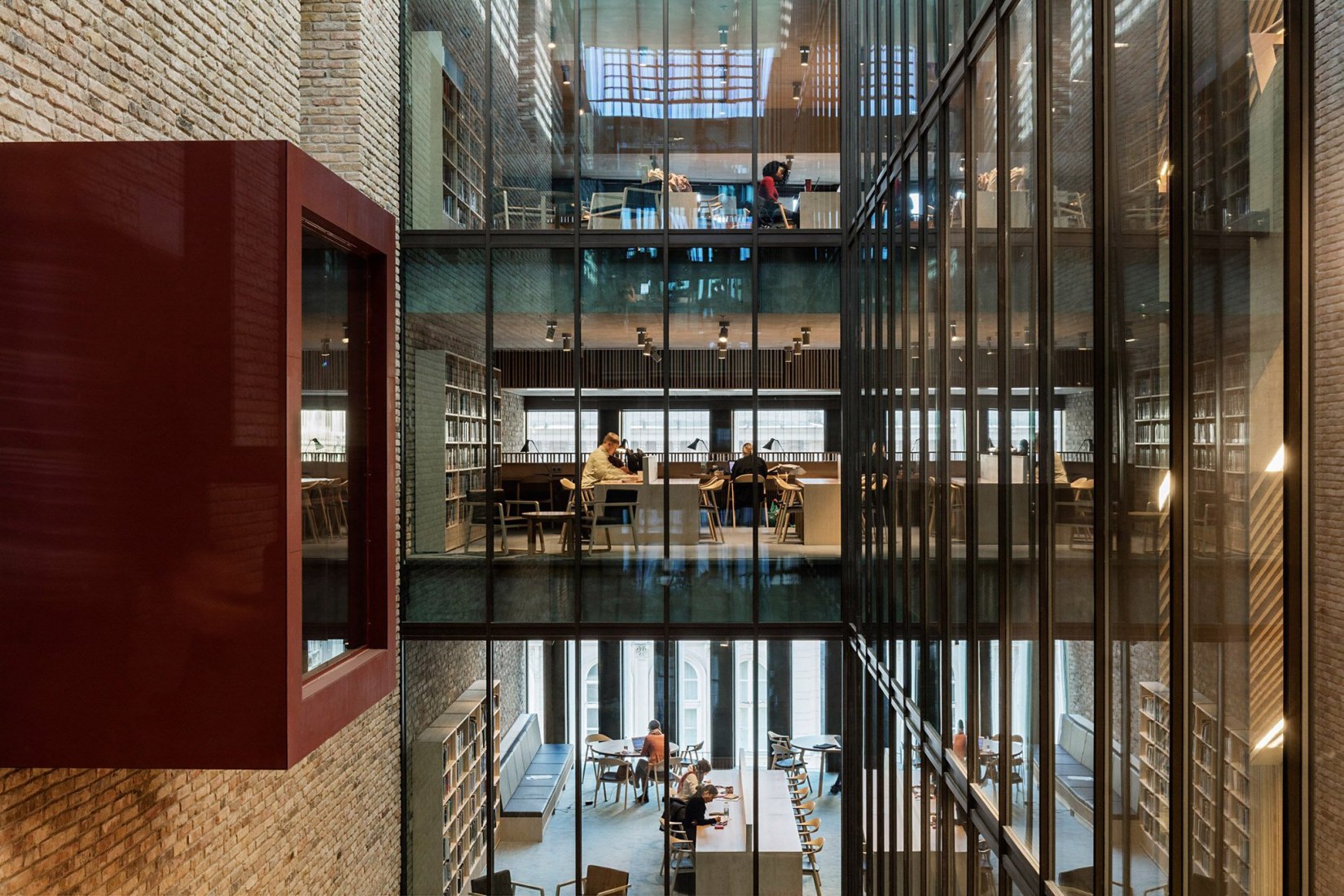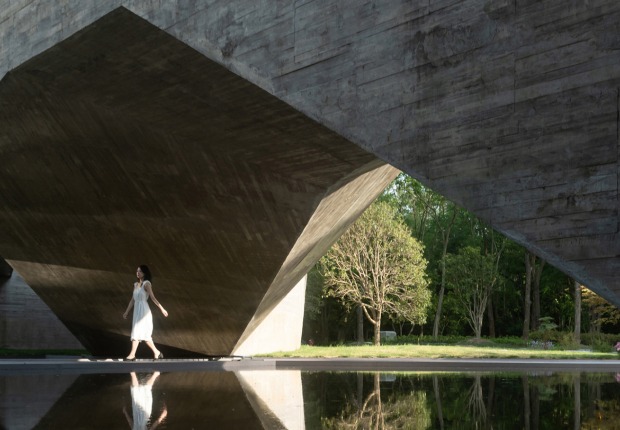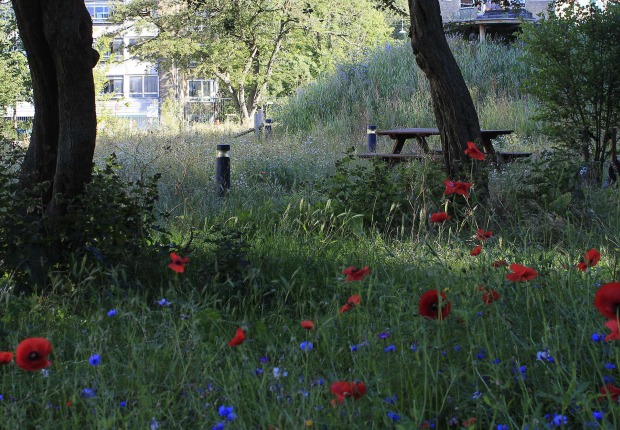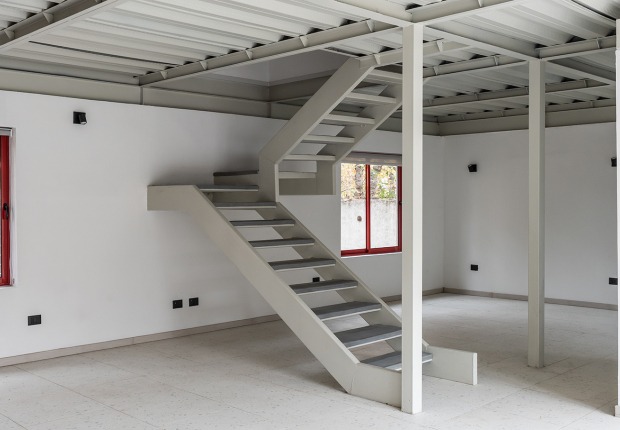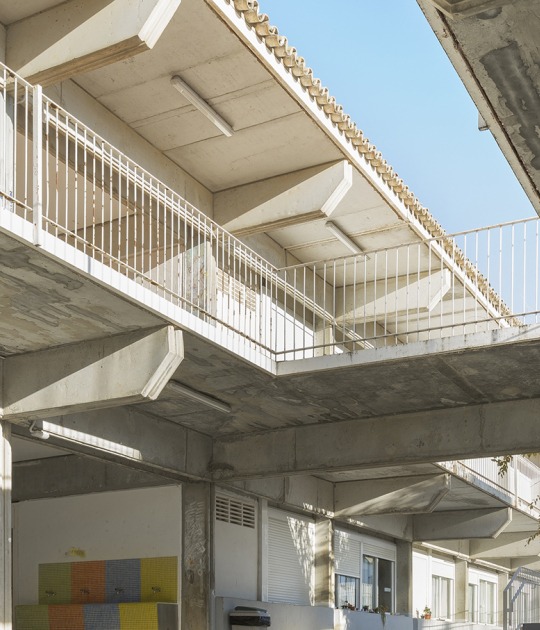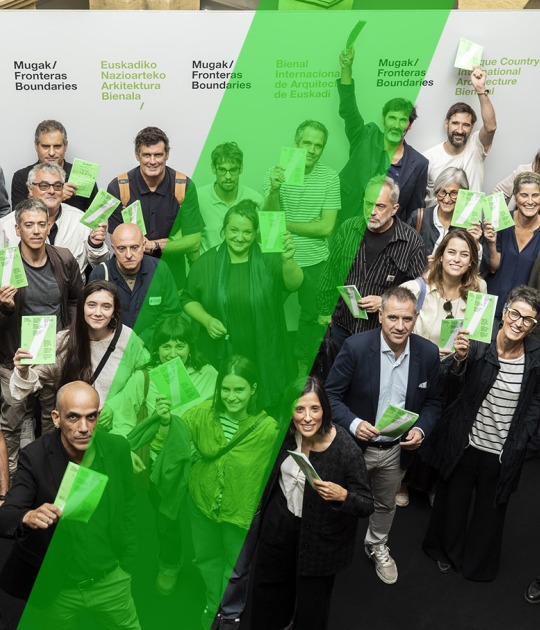John Tuomey (Tralee, Ireland, 1954), gets the B.Arch. at University College Dublin in 1976, working for Stirling Wilford & Associates (London) between 1976 and 1980 and the Office of Public Works in Dublin between 1981 and 1987.
John established O’Donnell+Tuomey with Sheila O’Donnell in 1988. The son of a civil engineer, he grew up on building sites, learning to draw on the back of his father’s blueprints. He graduated from UCD in 1976 and went to London to work with James Stirling on the Stuttgart Staatsgalerie between 1976 and 1980. Returning to Dublin to work at the Office of Public Works between 1981 and 1987, he completed two buildings, a laboratory in the landscape and a city courthouse, which laid the theoretical and contextual basis for his future critical practice with Sheila O’Donnell.
He was managing director of Group 91 Architects, an architects’ collaborative who designed the masterplan for the regeneration of Temple Bar as Dublin’s cultural quarter. He played a key role in liaising with government agencies, overseeing contract management and urban design integration of projects by Group 91. O’Donnell + Tuomey designed two buildings within the quarter, completed in 1996.
He has had a leading involvement in architectural education, teaching in the studios at UCD Architecture from 1980 – 2019. He was the inaugural Professor of Architectural Design at UCD from 2008-2019. He was chair of external examiners at the Architectural Association London for many years as well as at the Universities of Cambridge and East London. He has taught and lectured widely in European schools of architecture and at North American universities including Harvard, Princeton, Buffalo, Cooper Union, Columbia, Michigan, Syracuse, Toronto, Vancouver and Virginia. He was the first recipient of the UCD Masters in Architecture (based on reflective design practice).
His engagement extends beyond practice and teaching to a more civic role in the public awareness of architecture. He was president of the Architectural Association of Ireland in 1992-93. In 1986 he initiated the AAI Awards for excellence in architectural design, attracting significant Arts Council sponsorship and recognition for the art of architecture. A regular member of awards panels, he chaired the RIBA Stirling Prize jury in 2009. An occasional contributor to architectural criticism, commentary and review, he is the author of Architecture, Craft and Culture, a reflection on principles of design and thinking behind the work of O’Donnell + Tuomey published by Gandon Editions.
He is an Honorary fellow of the American Institute of Architects. In 2010 he was elected a member of Aosdána, an affiliation of Irish Artists. In 2015 he was a joint recipient with Sheila O’Donnell of the RIBA Royal Gold Medal and the American Academy of Arts and Letters Brunner Prize, both awarded in recognition of lifetime work.
